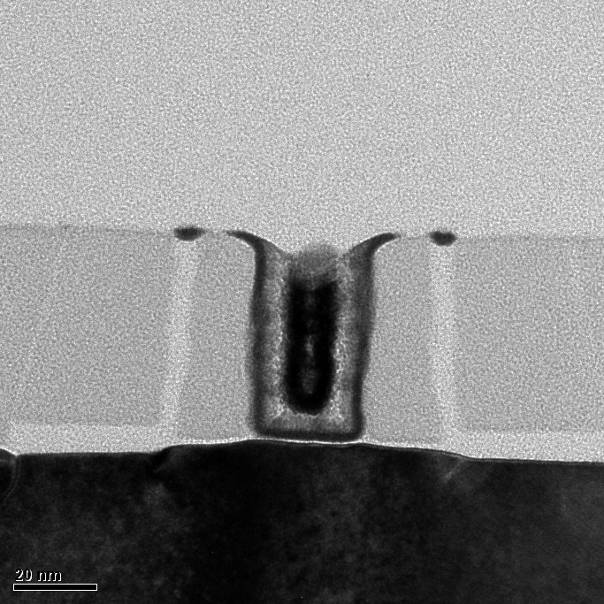|
BEIJING, Dec. 21 (Xinhua) -- Chinese scientists have made a breakthrough in cracking a key technology in constructing integrated circuits (IC), news which is expected to help pull up global market shares of domestic IC producers.
The Institute of Microelectronics of the Chinese Academy of Sciences (IMECAS) announced on Friday that it has developed metal oxide semiconductor field effect transistors with a gate length of 22 nanometers, a preliminary step to obtaining electronic circuits with a width of just 22 nonometers.
Instead of turning to traditional materials such as silica and polysilicon, researchers tried high-k/metal-gate materials in making the device to save cost and ensure the device's "world-class performance and low power dissipation," according to the IMECAS.
Technology firms around the world are coveting 22-nanometer IC technology for its potential to hack the cost of manufacturing products like computers and cellphones that are heavily reliant on the minuscule circuits.
China initiated its research in this field in 2009 as one of its major national scientific projects.
The IMECAS said the full harnessing of 22-nanometer IC technology would mean huge savings for China in importing foreign technologies and boost China-made IC products' competitiveness.
Twenty-two nanometers is about one-2,300th of the length of a hair's diameter, while 22-nanometer IC technology can make it possible to put 10 million transistors in an area equivalent to the cross section of a hair.
 
(a) (b)
Cross-sectional Transmission Electron Microscopy (TEM) Images of (a) Fabricated MOSFET with 22 nm Gate Length, and (b) Gate Stack Comprising High-k/metal-gate Materials
(Image by IMECAS, 2012)
|












